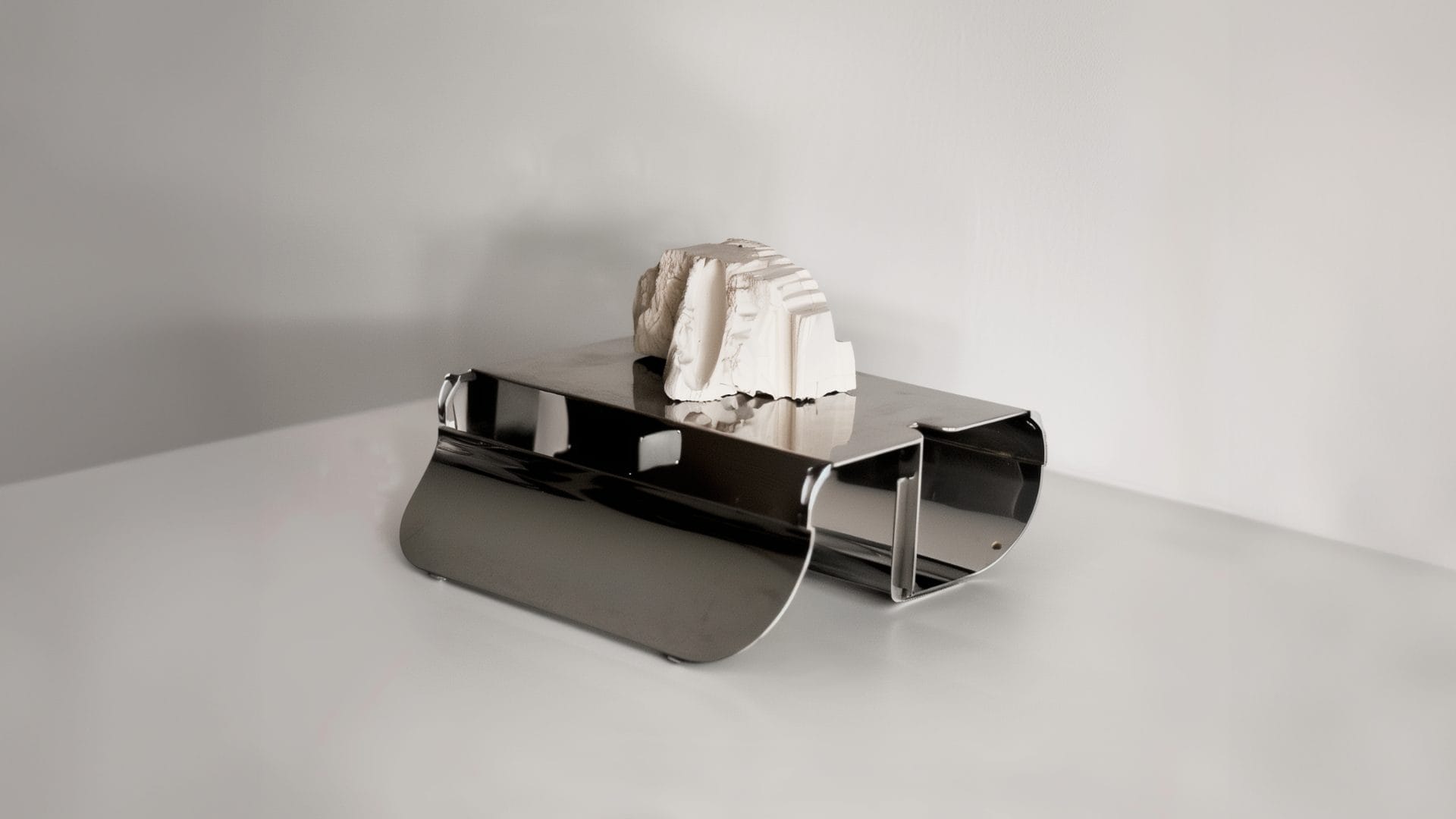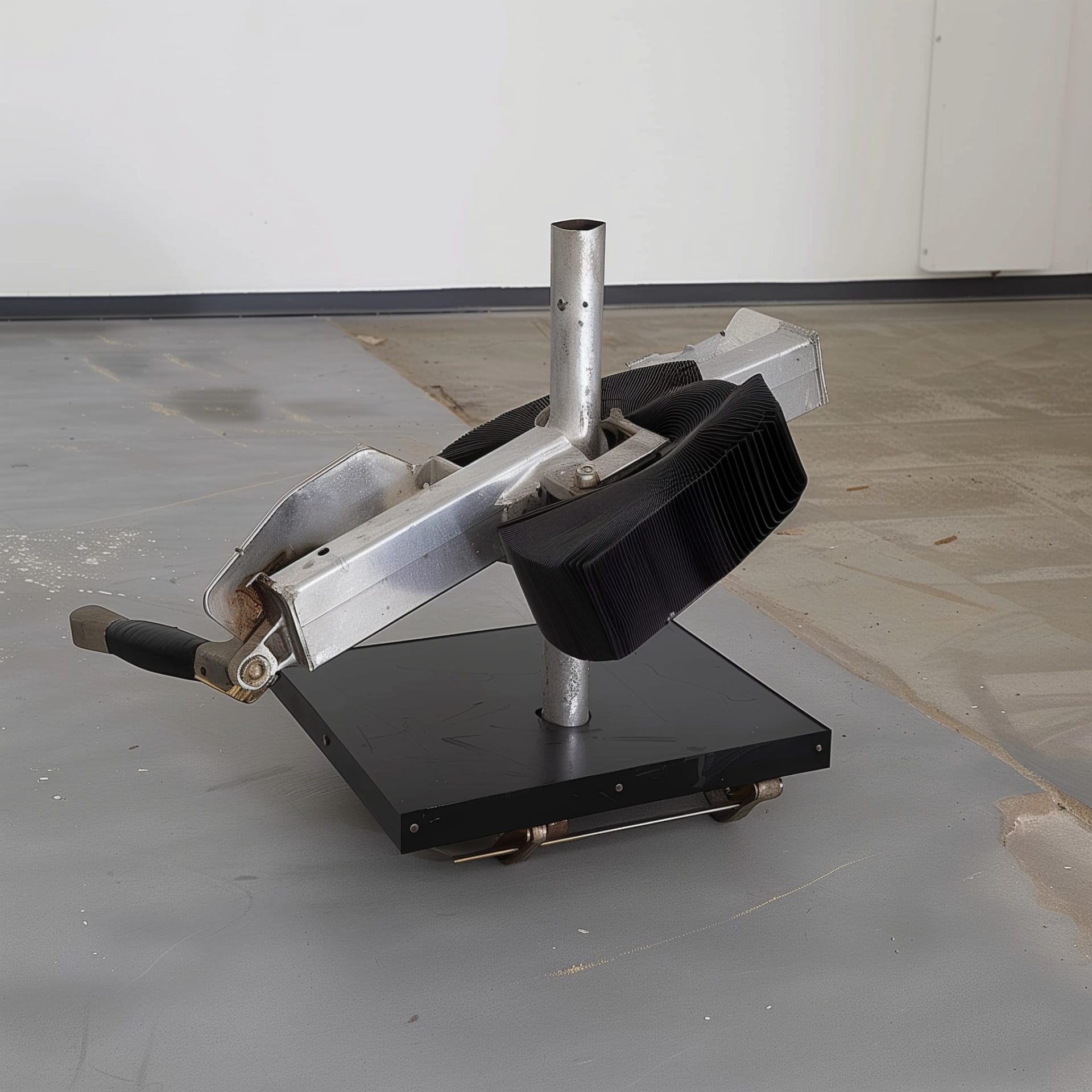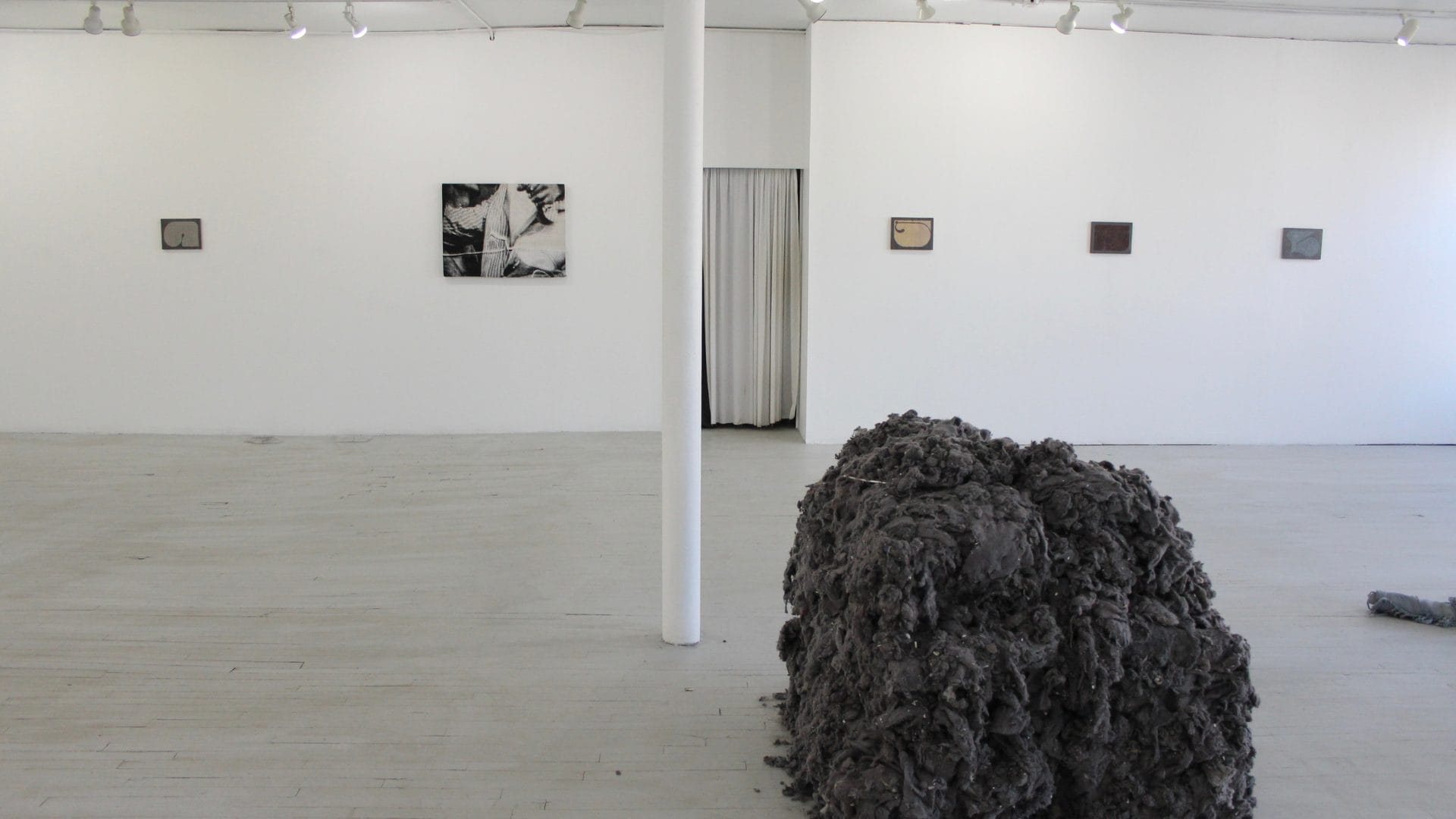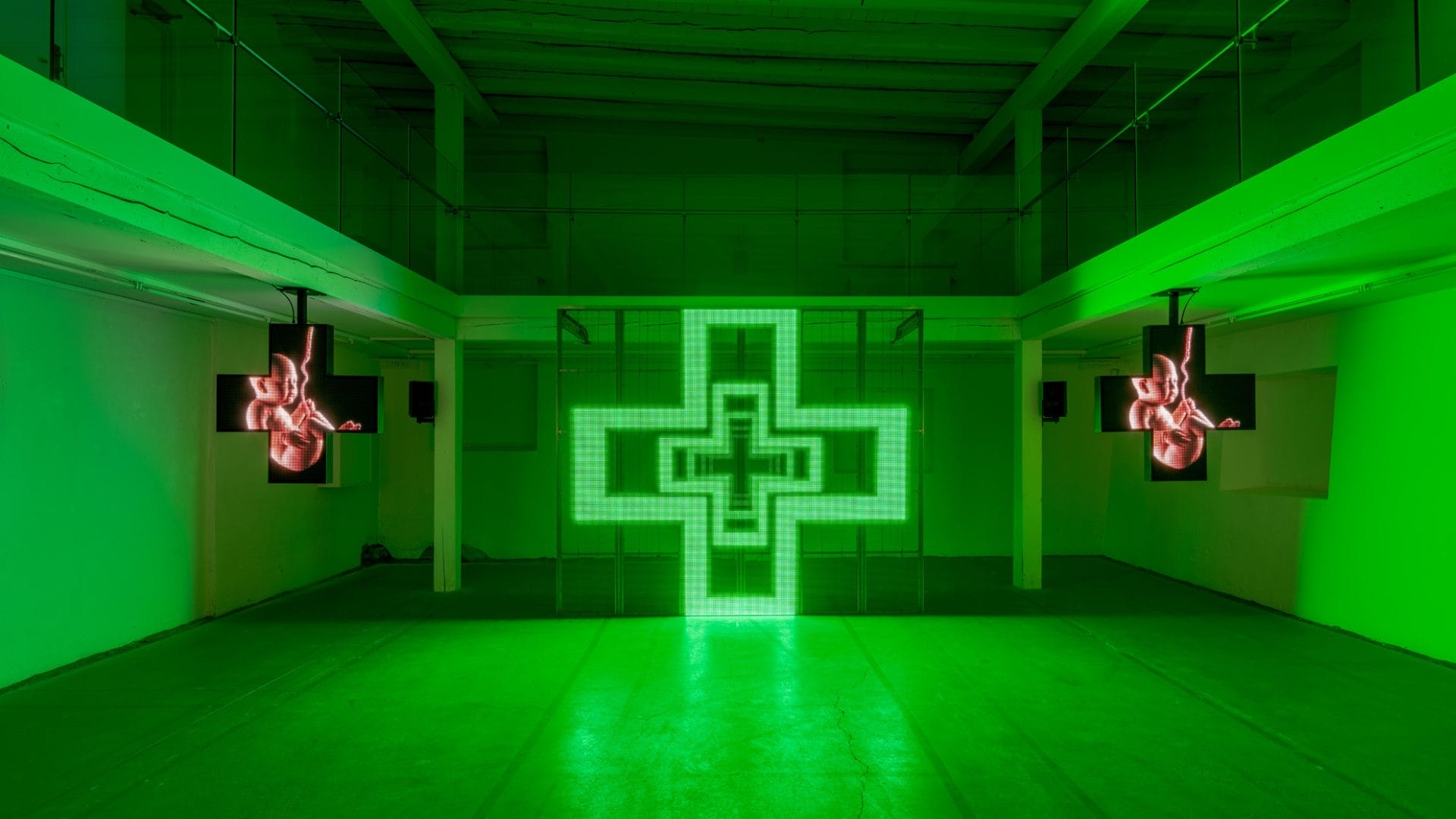
Fakewhale Studio: Generative Constructions
Building is an act that goes far beyond the mere assembly of parts. Derived from the Latin “construĕre,” meaning “to put together” and “to build,” the term itself embodies a fundamental idea: the creation of a new, ordered, and functional entity. In a world where the concept of building applies not only to physical structures but also to ideas, relationships, and social frameworks, understanding the true essence of building allows us to see the process as an art, governed by precise and intentional plans, that brings order to what was once chaos.
The notion of structure is intimately linked to that of building. In the field of architecture, for example, structure represents the “system” that supports the entire building, an organized arrangement of elements that ensures solidity, stability, and functionality. More broadly, the concept of structure can be applied to any domain where there is an ordered set of components working together toward a common goal (ranging from biology to linguistics, to logic and mathematics).
Structure, therefore, is not merely the physical arrangement of elements but the functional interaction between them. This interrelation defines the system’s emergent properties—those characteristics that cannot be reduced to the simple sum of the parts. It is through structure that building comes to life and acquires meaning.

Generative Construction: The Paradigm
The concept of “generative construction” builds on this etymological and structural foundation, extending the process of building to a level where the creator no longer directly manipulates physical or logical components, but instead works with rules and algorithms that autonomously generate new structures and, consequently, new outcomes. In this context, the adjective “generative” denotes a system’s ability to autonomously produce a variety of outcomes, based on a predefined set of rules, which cannot be fully anticipated in detail beforehand.
This paradigm is particularly relevant in the realm of artificial intelligence and the automatic generation of images and artworks. Here, the role of the “builder” is no longer that of an artisan manipulating tangible materials, but rather that of a programmer who defines an algorithm capable of exploring a vast and complex space of possibilities. AI algorithms, based on deep neural networks and other advanced techniques, can combine and process enormous amounts of data (existing images, patterns, etc.) to generate new works that, while emerging from a mathematical and computational foundation, acquire a visual, aesthetic, and even artistic character.

Generative construction, in this sense, represents a shift from manual and physical craftsmanship to creation through mathematical simulations. In this context, art is no longer solely a product of intuition or manual skill but becomes the outcome of a series of computational processes that simulate, reproduce, and interpret the visual and sensory world.
This simulation of experience (and of cultural, artistic, and historical references) is not merely an imitation of reality but a reinterpretation through the lens of the algorithm. The works generated by such processes are not simple copies or derivations but new entities that express the result of the interaction between human and artificial intelligence. Thus, generative art is simultaneously a mathematical product and an aesthetic phenomenon, a construction born from the interplay between strict rules and potential creativity (even when understood in a synthetic sense), between structural order and resulting unpredictability.





fakewhale
Founded in 2021, Fakewhale advocates the digital art market's evolution. Viewing NFT technology as a container for art, and leveraging the expansive scope of digital culture, Fakewhale strives to shape a new ecosystem in which art and technology become the starting point, rather than the final destination.
You may also like
Jason Dodge: From Minimal Gestures to Narrative Conditions, Where Objects Become Thresholds of Meaning
We were leafing through the catalogue of an exhibition we had seen years ago at MACRO in Rome when J
Nick D’Alessandro, Sprocket at LVL3, Chicago
Sprocket by Nick D’Alessandro, curated by Liam Owings and Luca Lotrugio, at LVL3, Chicago, 03/
Jens Settergren, Milk Plus at Viborg Kunsthal, Viborg
Milk Plus by Jens Settergren, curated by Bodil Monrad, at Viborg Kunsthal, Viborg. 19/09/2024 –




